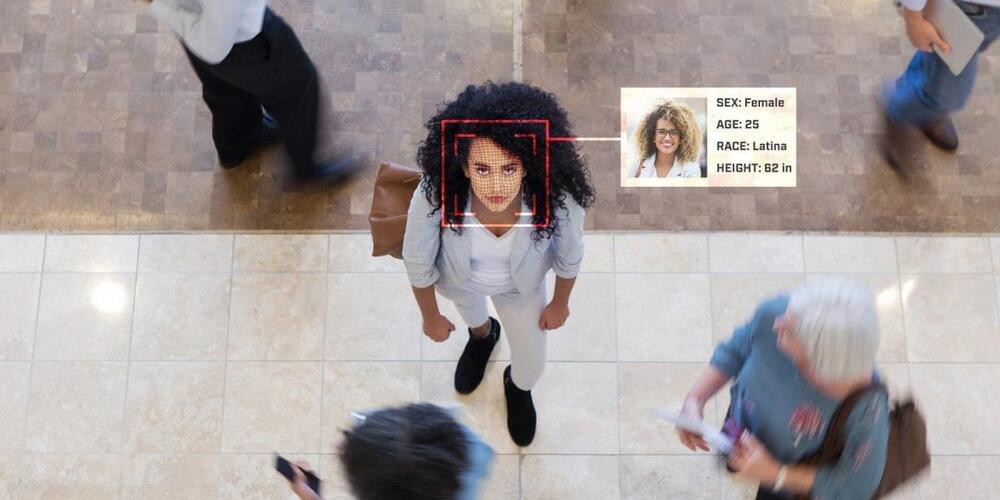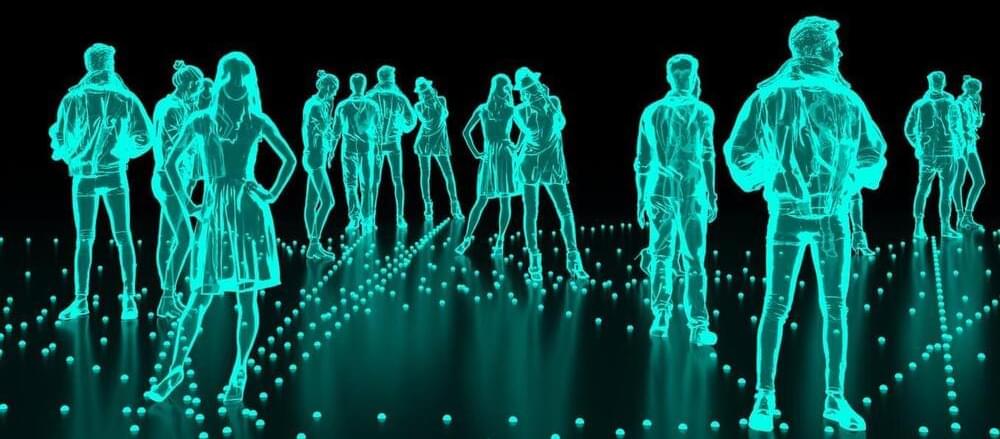Oct 21, 2021
Deep North, which uses AI to track people from camera footage, raises $16.7M
Posted by Gemechu Taye in categories: biotech/medical, information science, robotics/AI, security
Deep North, a Foster City, California-based startup applying computer vision to security camera footage, today announced that it raised $16.7 million in a Series A-1 round. Led by Celesta Capital and Yobi Partners, with participation from Conviction Investment Partners, Deep North plans to use the funds to make hires and expand its services “at scale,” according to CEO Rohan Sanil.
Deep North, previously known as Vmaxx, claims its platform can help brick-and-mortar retailers “embrace digital” and protect against COVID-19 by retrofitting security systems to track purchases and ensure compliance with masking rules. But the company’s system, which relies on algorithms with potential flaws, raises concerns about both privacy and bias.
Full Story:


















